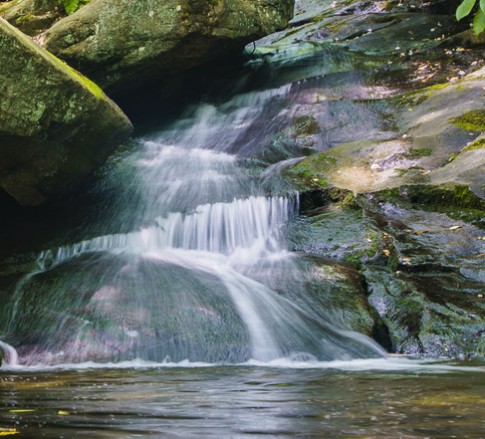U.S. Fish and Wildlife Service Sued in West Virginia for Failure to Designate "Critical Habitat" for Two Species of Crayfish
July 4, 2018
On June 20, 2018, the Center for Biological Diversity sued the U.S. Fish and Wildlife Service (“USFWS”) in federal court in the Southern District of West Virginia, challenging the agency’s failure to designate “critical habitat” for the Big Sandy crayfish and the Guyandotte River crayfish under the Endangered Species Act. USFWS listed the Big Sandy crayfish as “threatened” and the Guyandotte River crayfish as “endangered” in 2016. 81 Fed. Reg. 20,450 (Apr. 7, 2016). The lawsuit alleges that USFWS’s failure to designate critical habitat within one year of the listing violates the Endangered Species Act (“ESA”) and Administrative Procedure Act.
The Big Sandy crayfish (Cambarus callainus) is a freshwater crustacean found in parts of eastern Kentucky, western Virginia, and southern West Virginia, while the Guyandotte River crayfish (Cambarus veteranus) is found only in southern West Virginia. Both species are intolerant of sedimentation in their stream habitat. USFWS determined that the crayfish are threatened/endangered by habitat loss and habitat degradation due to a variety of human activities, including coal mining, logging, oil and gas extraction, off-road vehicles, and erosion from roads and residential and commercial development.
When USFWS lists a species as threatened or endangered, the ESA requires the agency to “concurrently” designate “critical habitat” for that species “to the maximum extent prudent and determinable.” 16 U.S.C. § 1533(a)(3)(A)(i). “Critical habitat” is defined as:
“(i) the specific areas within the geographical area occupied by the species, at the time it is listed in accordance with the provisions of section 1533 of this title, on which are found those physical or biological features (I) essential to the conservation of the species and (II) which may require special management considerations or protection; and
(ii) specific areas outside the geographical area occupied by the species at the time it is listed in accordance with the provisions of section 1533 of this title, upon a determination by the Secretary that such areas are essential for the conservation of the species.”
16 U.S.C. § 1532(5)(A). When it proposed listing the crayfish as threatened/endangered in 2015, USFWS concluded that designating critical habitat was “prudent but not determinable.” 80 Fed. Reg. 18,710 (Apr. 7, 2015). Under USFWS regulations, critical habitat is not “determinable” when there is insufficient data to perform the required analyses or when the biological needs of the species are not sufficiently well known to identify any area that meets the definition of “critical habitat.” 50 C.F.R. § 424.12(a)(2). USFWS concluded that critical habitat for the crayfish was not determinable because:
“[W]e are seeking additional information regarding water quality conditions within the range of the Big Sandy and Guyandotte River crayfishes, updated occurrence records for both species, future climate change effects on the species’ habitat, and other analyses[.]”
80 Fed. Reg. at 18,738.
The lawsuit seeks injunctive relief requiring USFWS to designate critical habitat, as well as attorneys’ fees and costs. (The Complaint can be found here.) We will be following this case and will provide updates of any significant developments.



